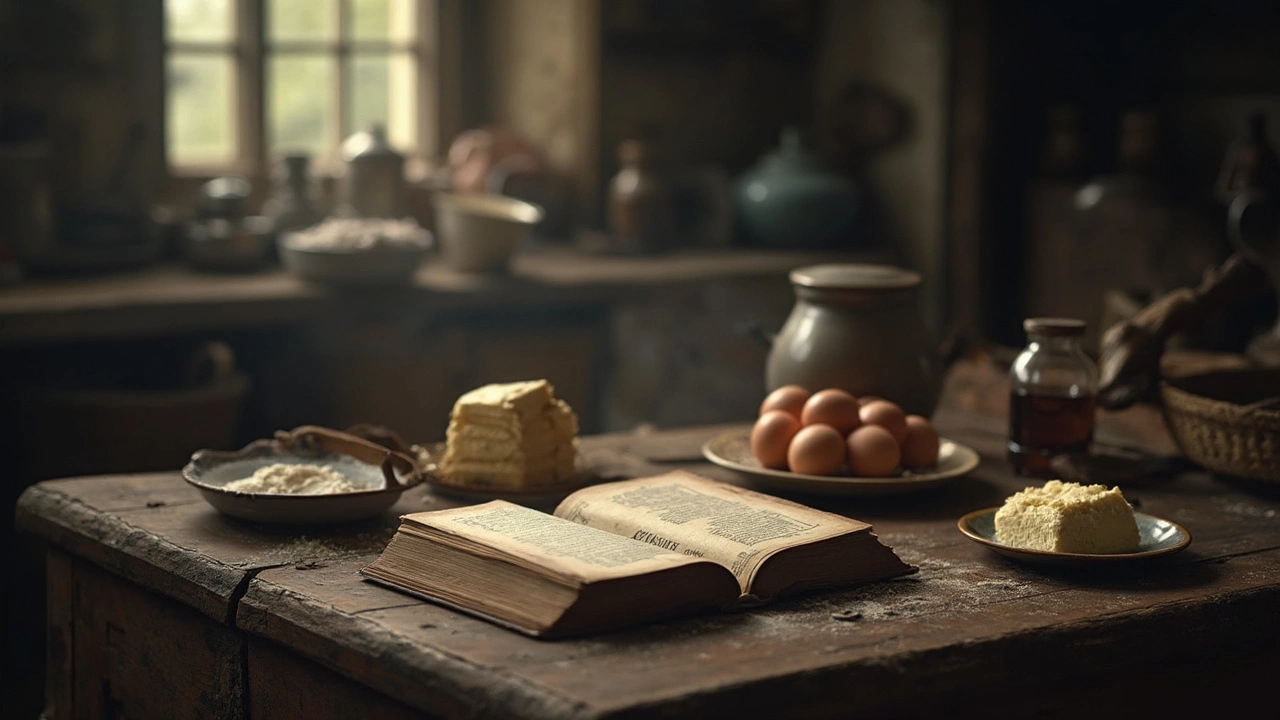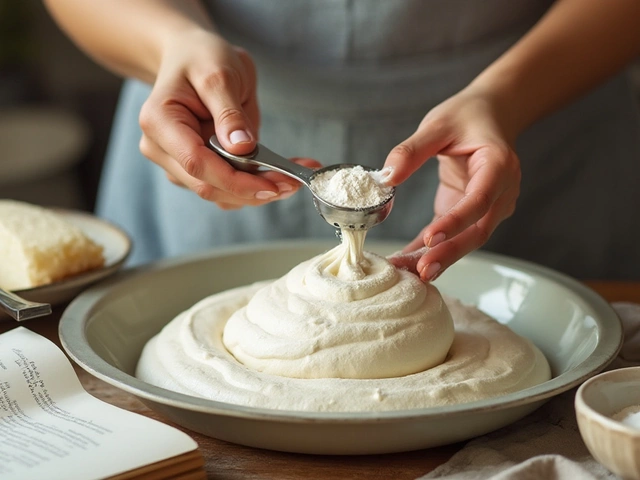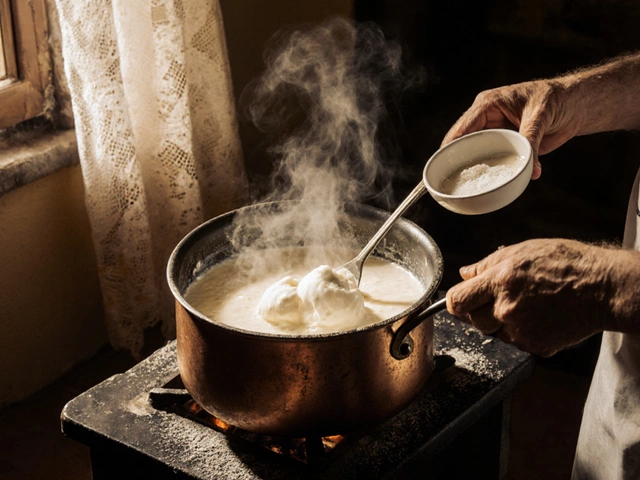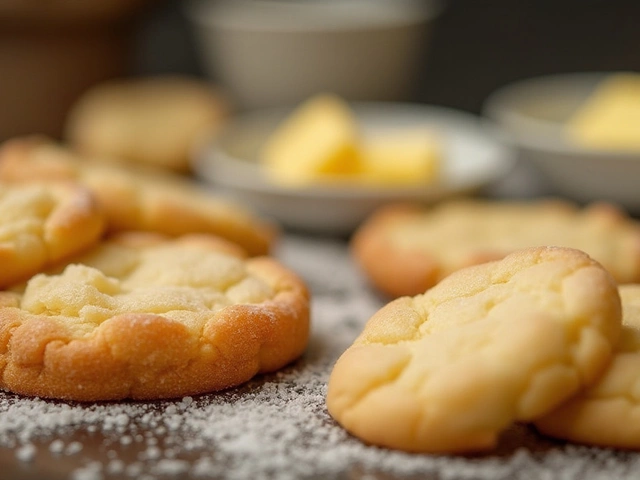Miserable Cake? How to Fix Common Baking Disasters
Ever pulled a cake out of the oven and thought, “This looks terrible”? You’re not alone. A few simple tweaks can rescue the worst‑looking bake and give you a cake you’re proud to serve. Below are the most common problems and the fast fixes that work every time.
Why Does My Cake Sink or Collapse?
Sunken centers usually mean the batter was too thin, the oven temperature was off, or you opened the door too early. For gluten‑free cakes that tend to cave, add a bit more protein—think almond flour or a spoonful of Greek yogurt—to give the crumb more structure. Also, preheat the oven fully and avoid the temptation to peek until the timer dings.
Dense, Heavy Cakes and Brownies
Heavy cakes often result from over‑mixing or too much liquid. When you beat the batter, stop as soon as the flour disappears. For brownies that feel dense, lower the sugar a touch and increase the cocoa powder; this balances moisture and gives a lighter crumb. A quick tip: chill the batter for 15 minutes before baking to let the leavening agents work evenly.
Fudge lovers, pay attention. Over‑boiling fudge creates a grainy, hard texture that can make the whole dessert feel miserable. Use a candy thermometer and pull the pot off the heat at the soft‑ball stage (around 235°F/112°C). If you’re at altitude, add a few extra minutes of cooking time but keep a close eye on the temperature.
Egg‑free cheesecakes can also turn into a mess. Eggs help set the custard; without them, the filling may wobble or crack. Substitute with a mix of silken tofu and a splash of lemon juice to mimic the binding power of eggs. The result is a smooth, stable cheesecake that holds its shape.
Looking for birthday cake alternatives? When the classic tiered cake feels too risky, try dessert bars or a layered mousse. These treats are easier to assemble, less likely to collapse, and still look impressive on the party table.
Gluten‑free bakers often complain about dense, gummy textures. The secret is to blend a mix of rice flour, tapioca starch, and a little xanthan gum. This combo mimics the elasticity of wheat and prevents that dreaded soggy crumb.
Lastly, if you’ve ever wondered why cookies rise the way they do, it’s all about the balance between sugar, butter, and leaveners. Cream the butter and sugar long enough to trap air, then add baking soda or powder just before baking. This gives you that puffed, chewy bite without flatness.
Keep these fixes in mind the next time a cake looks miserable, and you’ll turn a potential disaster into a dessert worth bragging about. Happy baking!

Why Is It Called Miserable Cake?
Exploring the unique name of 'miserable cake,' this article dives into its fascinating history and cultural significance. Uncover the reasons behind its seemingly gloomy name, connecting it to historical contexts and baking traditions. Learn the recipe, along with practical tips to recreate this classic dish. Discover how this straightforward cake highlights the beauty of simplicity in baking. Perfect for curious home bakers looking to expand their culinary repertoire.
View More




